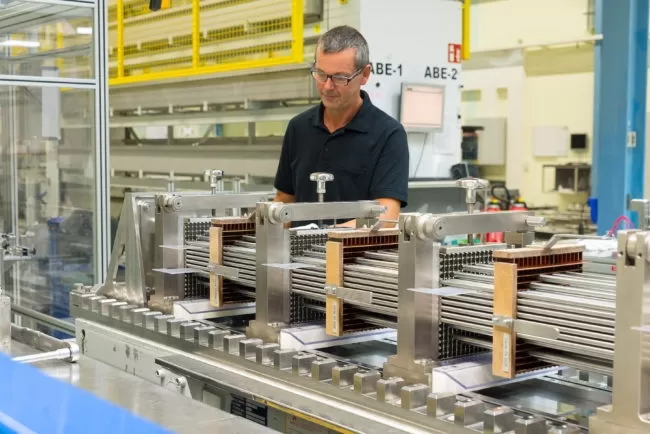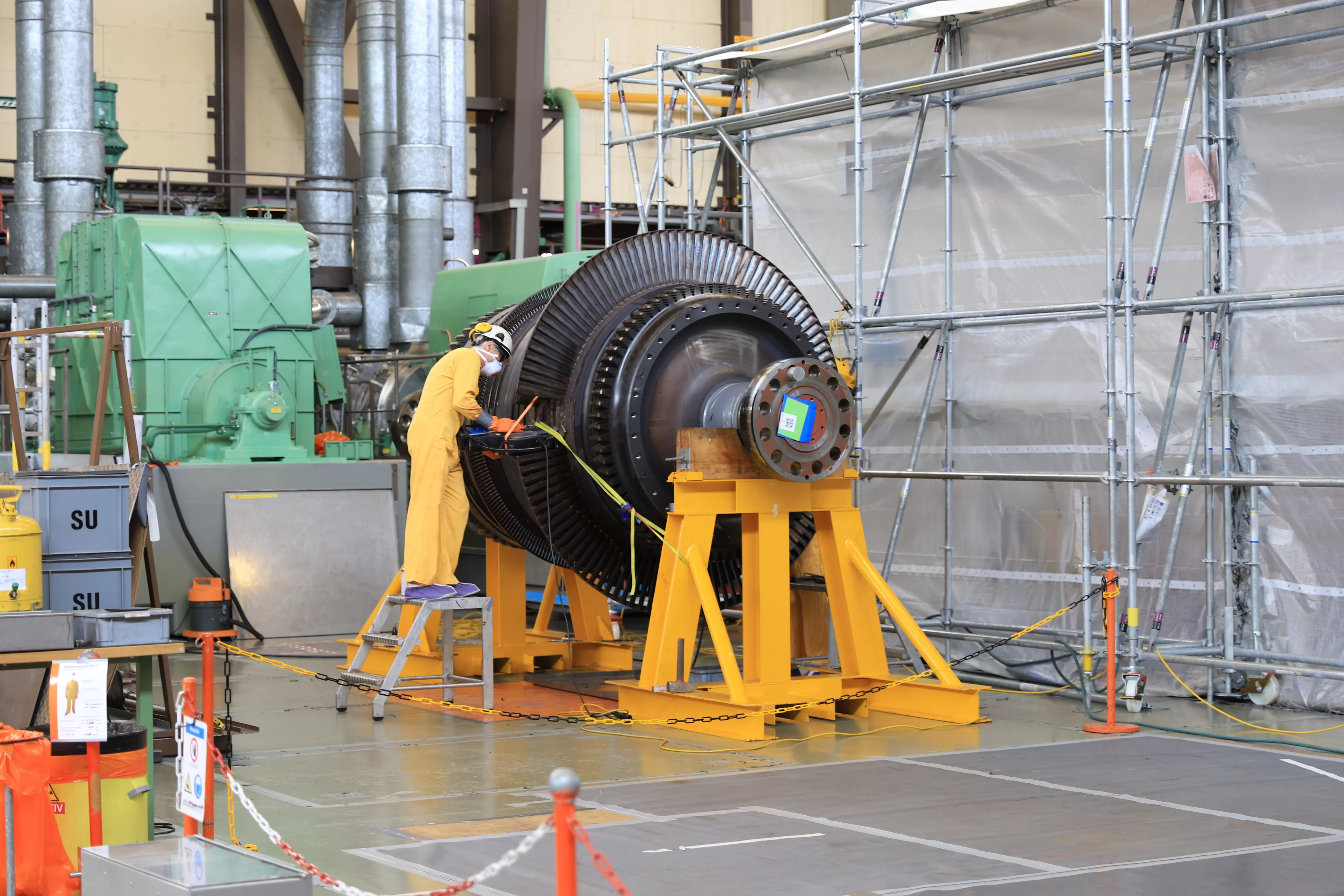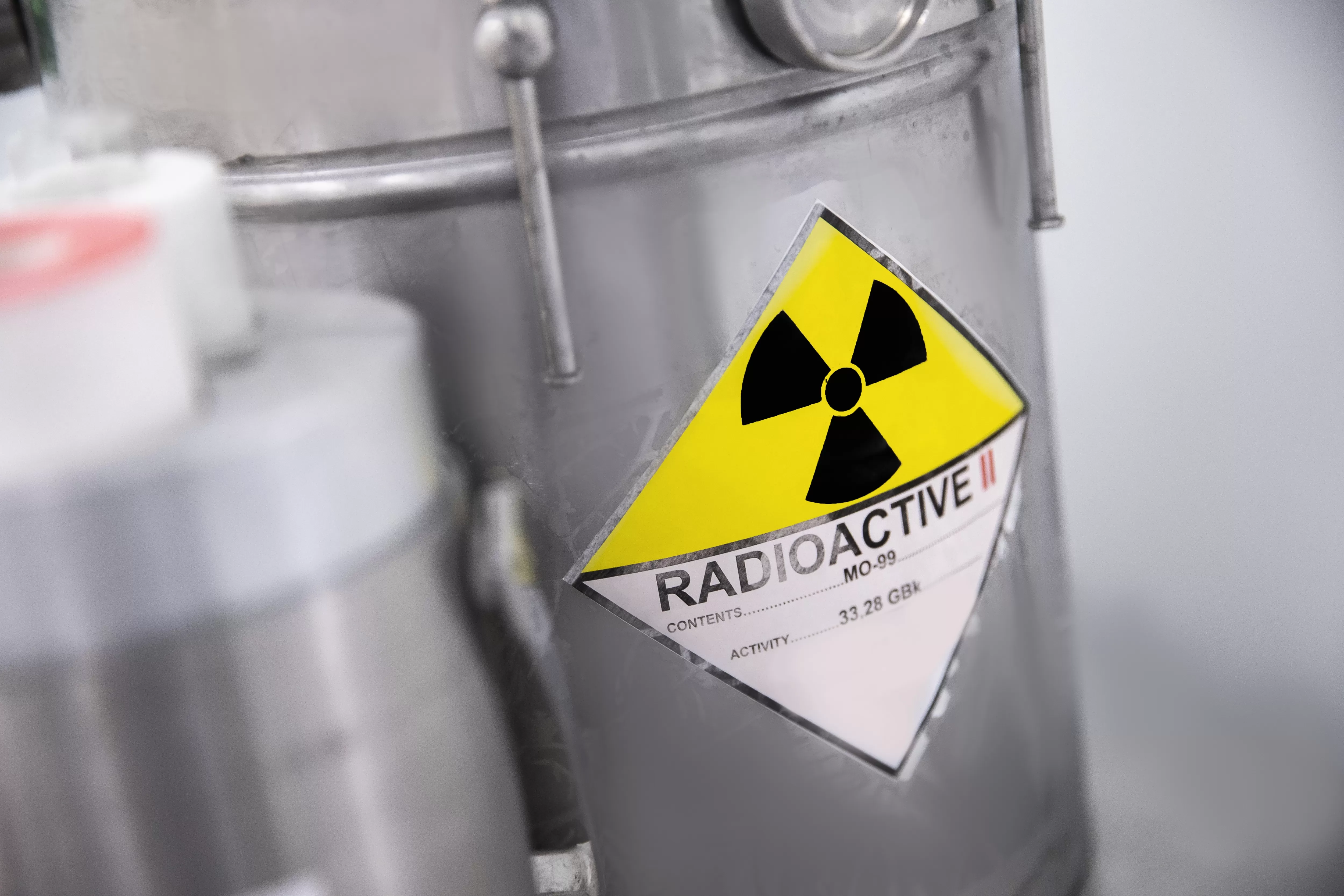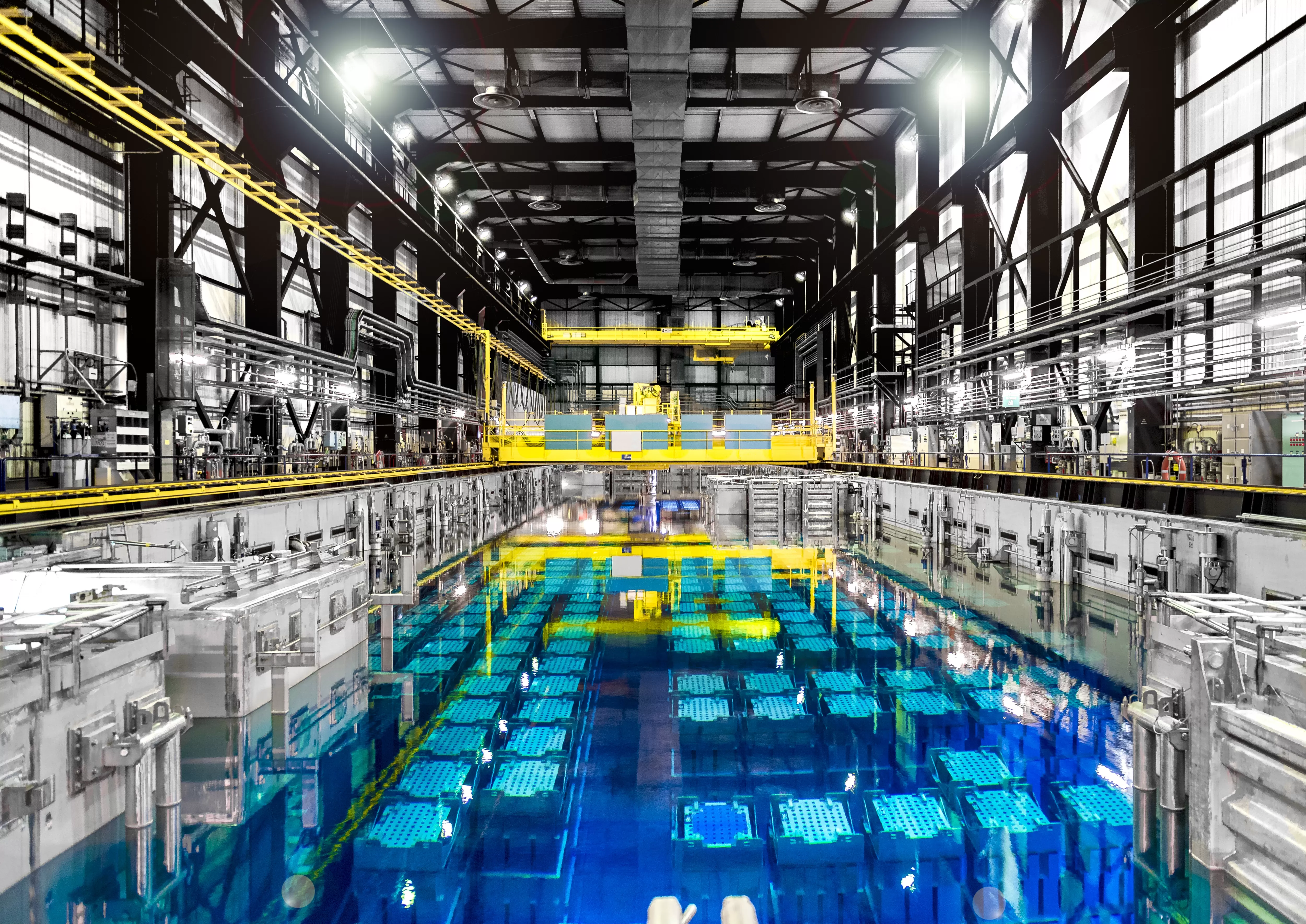Types of radioactive waste
The Swiss Nuclear Energy Ordinance differentiates between three types of radioactive waste. The two most important are high-level waste (HLW) and low- and intermediate-level waste (L/ILW). The third type is alpha-toxic waste (ATW). The physical properties of the waste types differ. They are separated for both interim storage and deep geological disposal. The waste volume is manageable.
Waste from the nuclear power plants
High-level waste arises from the generation of electricity in the nuclear power plants. It consists of spent fuel assemblies and high-level waste from reprocessing.

Spent fuel assemblies
A nuclear power plant generates electricity from heat, which is released as a result of the fission of atomic nuclei in the reactor. Uranium serves as the fuel in the fuel assemblies. During nuclear fission, part of the uranium is transformed and radiates more strongly than before. This produces highly active substances, so-called activation products such as plutonium and fission products. These remain enclosed in the fuel assemblies.
After three to five years in the reactor, fuel assemblies have to be replaced. They are considered “spent”. Spent fuel assemblies continue to generate heat: only after several decades of interim storage will heat generation have decreased sufficiently to transfer these fuel assemblies into a deep geological repository. Until 2005, spent fuel assemblies could be reprocessed abroad.
Low- and intermediate-level waste from nuclear power plants
This type of waste includes operational waste such as contaminated protective equipment, cleaning materials, tools, machine components, concentrated wastewater, ion-exchange resins and filters from cleaning systems. These waste products are prepared for deep geological disposal either on site or at the Zwilag interim storage facility in Würenlingen where they are then stored.

The dismantling of nuclear power plants also produces radioactive waste. Radioactive facility components have to be decontaminated or disposed of.
Waste from medicine, industry and research
At the Paul Scherrer Institute in Villigen or at the Zwilag interim storage facility, raw wastes from medicine, industry and research are processed into a form suitable for safe transport, interim storage and final disposal. Until their disposal in a deep geological repository, this low- and intermediate-level waste is stored in the Swiss Federal Interim Storage Facility (Bundeszwischenlager BZL) in Würenlingen. The Federal Government is responsible for the disposal of waste from medicine, industry and research in collaboration with Nagra.

Alpha-toxic waste: a special case
Alpha-toxic waste is low- and intermediate-level waste that decays with a high content of alpha emitters. The volume of this waste is small, but it generally has a long half-life, making the decay process very slow. This will also be disposed of in a deep geological repository.
Some types of radioactive waste decay to a harmless level very quickly and do not require deep geological disposal.
Radioactive materials that do not require deep geological disposal
The dismantling of a nuclear power plant also produces radioactive material that does not remain toxic beyond a 30-year storage period (so-called decay storage, Radiological Protection Ordinance). The radioactive substances will have mostly decayed by then. Examples include activated metals from the immediate vicinity of the reactor or very weakly active demolition debris.
Medicine, industry and research use radioactive substances that decay very quickly. Substances with a half-life below 100 days are stored on site until the radiation has dropped below a certain level. After this, they are disposed of as conventional waste.
High-level waste from reprocessing
Until 2005, France and England recycled around 1200 tonnes of spent fuel assemblies for Switzerland. Through reprocessing, it was possible to recover uranium and plutonium for further generation of energy. The proportion of spent fuel that cannot be recycled is disposed of as high-level waste.
The revised Nuclear Energy Act that entered into force on 1st January 2018 prohibits the reprocessing of spent fuel assemblies. All radioactive waste resulting from this has been returned to Switzerland.
